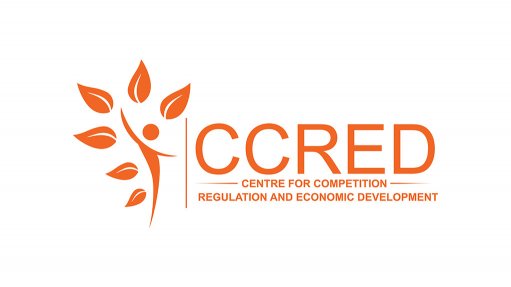
The Centre for Competition, Regulation and Economic Development (CCRED), in association with National Treasury, has the pleasure of inviting you to the following workshop:
"Competition, Barriers to Entry and Inclusive Growth: Encouraging Entry and Rivalry in the Telecommunications Sector"
Prices of voice communication have come down significantly in the last few years, saving consumers billions of rands. This was a direct consequence of ICASA’s decision to reduce mobile termination rates and introduce asymmetry between the incumbents and the challengers. Given the changes in this dynamic sector it is important to evaluate progress on regulating for competition and removing bottlenecks to meaningful participation in the sector by firms.
The telecommunications industry has inherent characteristics that raise barriers to entry such as network effects which make it difficult for new entrants to reach scale. Infrastructure competition is limited by the prohibitive cost of duplicating infrastructure while services competition can be constrained by strategic behaviour of incumbents who control infrastructure networks. The playing field is therefore far from level. National champions and first-movers tend to capture the market and the policy agenda to the detriment of competition. Numerous examples show that plurality of rivals delivers better outcomes. For example, ICASA’s 2010 mobile termination rates decision illustrated the value of regulating for competition, with the reduction in rates leading to more rivalry.
This public platform evaluates the role of competition, entry and effective rivalry in stimulating innovation, expanding services, and lowering prices in the telecommunication sector. It is based on a CCRED study and draws on three case studies (firm case studies in fibre and mobile) to understand the challenges faced by new entrants and the impact of entry on outcomes.